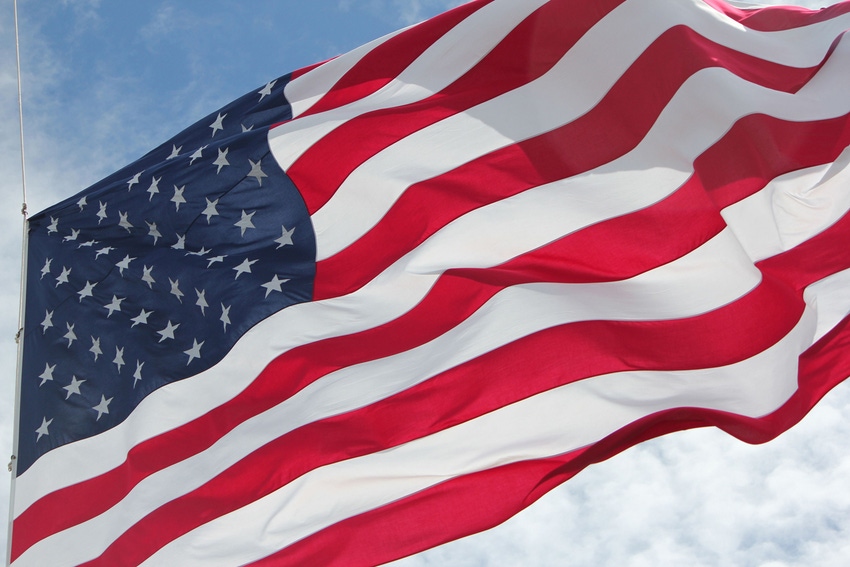
If you’ve never been to the National World War II Memorial in Washington D.C., you’re missing out.
The memorial opened to the public on April 29, 2004 and honors the 16 million who served in the armed forces of the United States, the 400,000 who died, and all who supported the effort from home. Located on the opposite end of the Reflecting Pool from the Lincoln Memorial, it consists of 56 pillars and a pair of arches surrounding a plaza and a fountain.
I visited the memorial in mid-March, as the cherry blossoms were starting to bud out around the National Mall. It was a windy day, and the sun was popping in and out of the clouds.
One element robbed me of what little composure I had as I entered the memorial. The words of Admiral Chester W. Nimitz, inscribed into a stone block on the eastern corner of the memorial:
They fought together as brothers-in-arms.
They died together and now they sleep side by side.
To them we have a solemn obligation.
On another wall there are 4,048 gold stars, each representing 100 Americans who died in the war. Above the field of stars was the inscription, “Here we mark the price of freedom.”
These words from Gen. Douglas MacArthur inscribed on a southern wall, placed peace and war in context:
Today the guns are silent. A great tragedy has ended. A great victory has been won. The skies no longer rain death – the seas bear only commerce – men everywhere walk upright in the sunlight. The entire world is quietly at peace.
Adjacent to the World War II memorial, the Korean War Veterans Memorial depicts a squad of 19 steel soldiers, weapons sticking out from under their ponchos, trudging uphill on a cold, gray morning. Alongside them is a wall with faces of veterans and war scenes sandblasted into polished black granite. It was not a highly publicized war, but over 30,000 American soldiers died there. Our Korean War veterans are in their 80s now.
The Vietnam Veterans Memorial Wall appears as an outcropping of rectangular slabs of reflective stone on which the names of soldiers who died in service are etched in chronological order by date of loss. The stones were etched in Memphis, Tenn.
We set aside national holidays to remember and honor past and present members of our nation's armed forces, but it is always an appropriate time to thank each and every American, man and woman, whose name or countenance is carved into one of these walls, or whose sacrifice is symbolized by a gold star, bronze statue, monument or state flag.
There were so many who never found their way home to live out the rest of their lives, get jobs, marry, raise families or retire to cherish a grandchild on his lap. Many died not knowing whether their sacrifice would be sufficient to preserve liberty in this great country. But it was enough. More than enough.
About the Author(s)
You May Also Like






